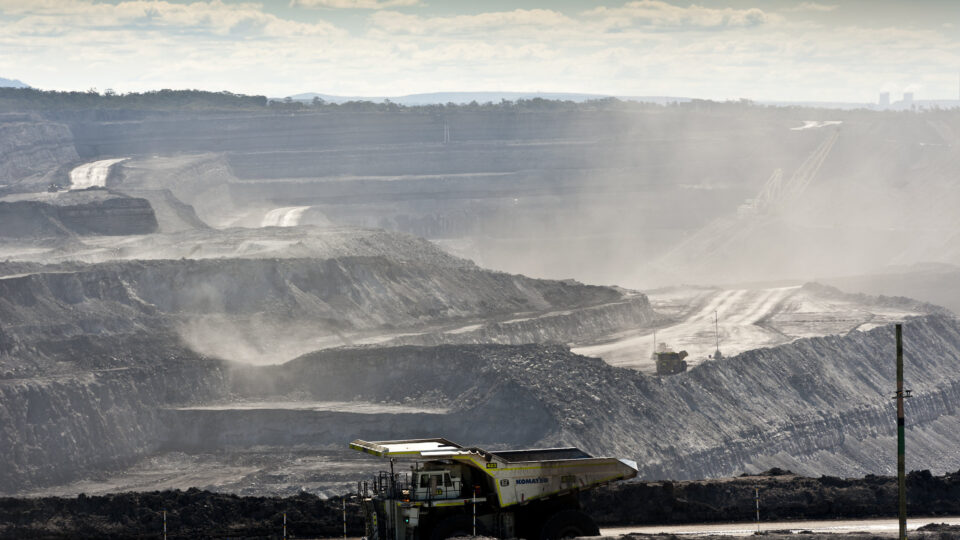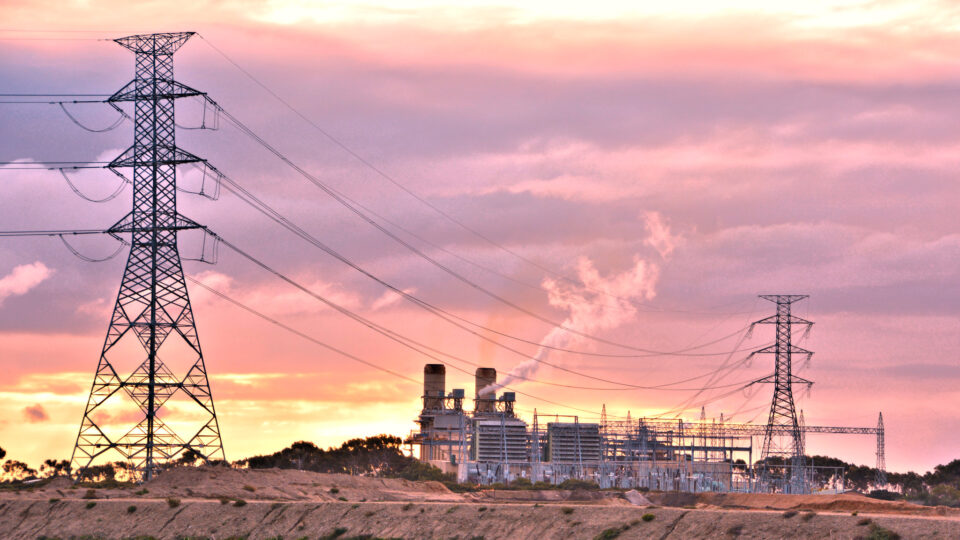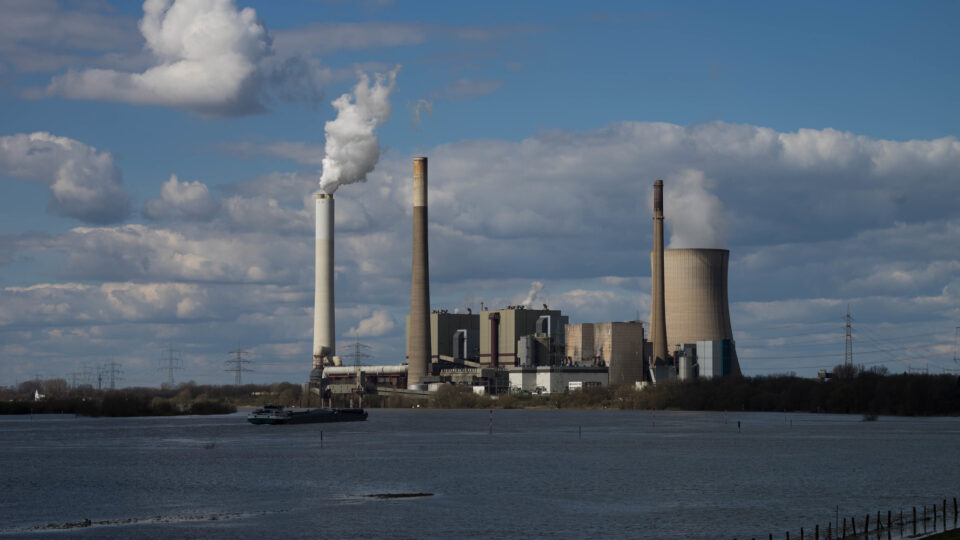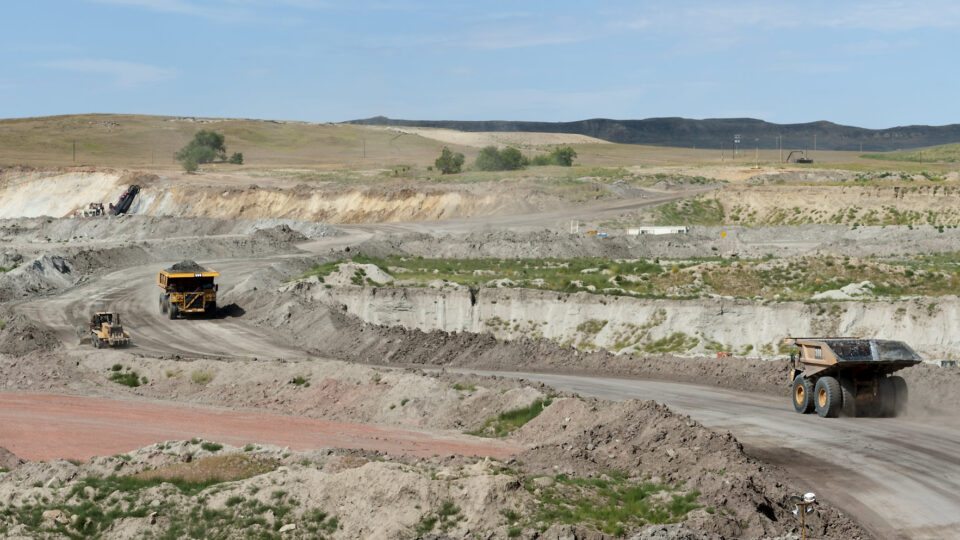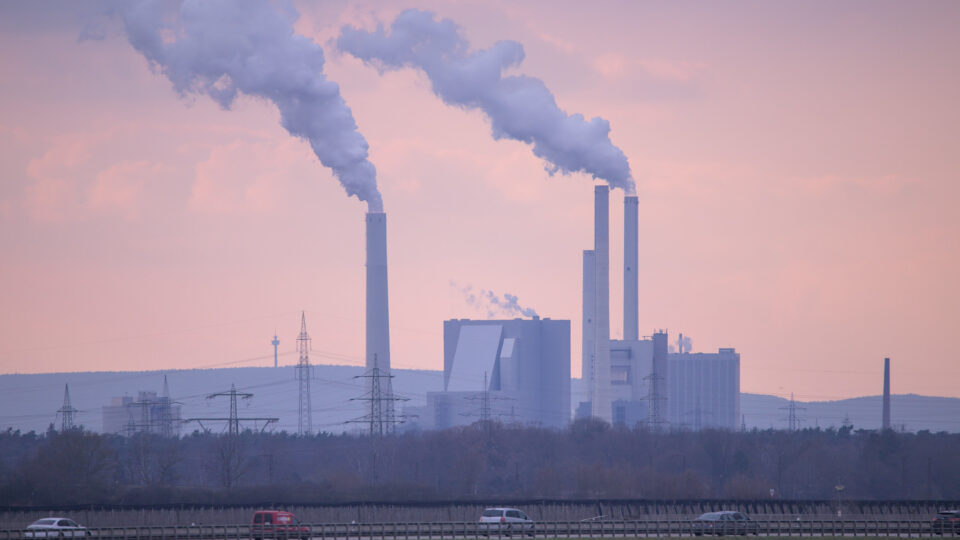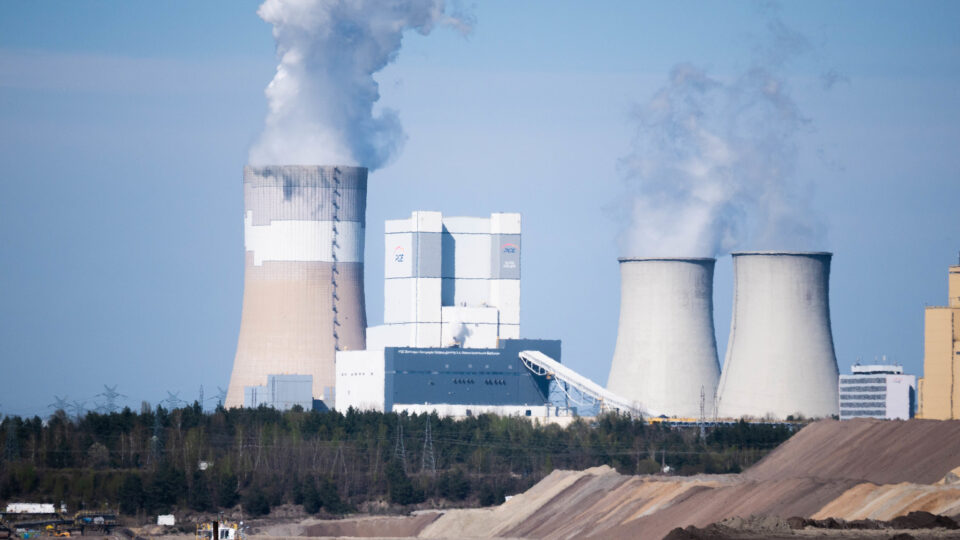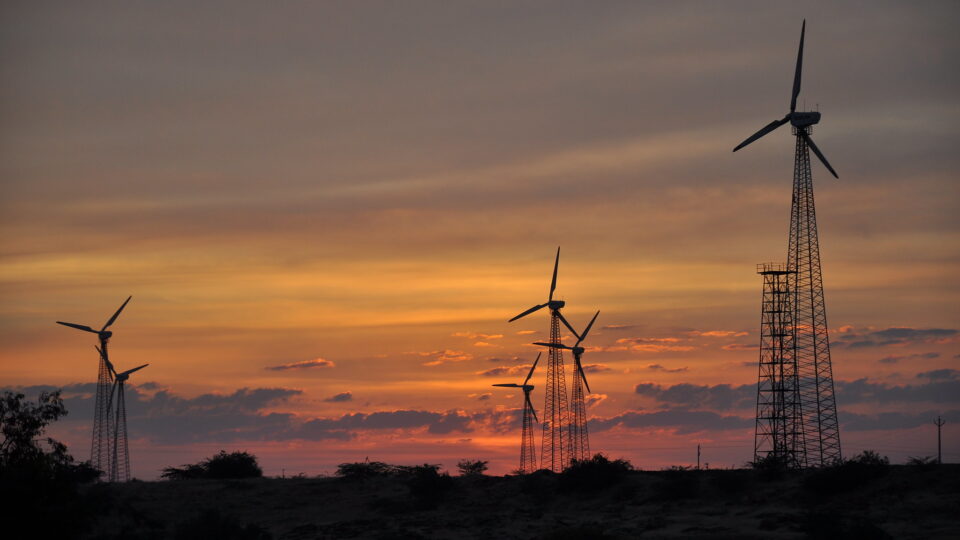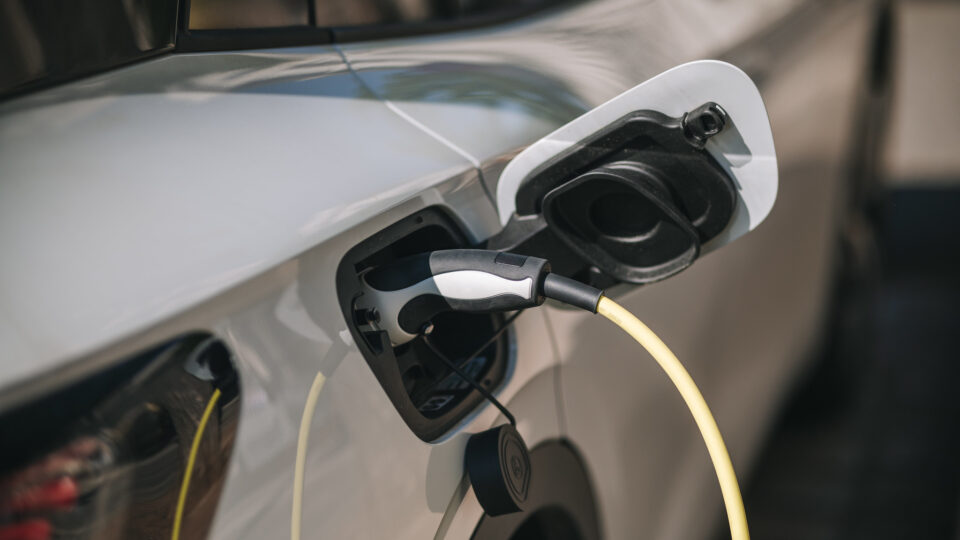Despite the fact that coal is the dirtiest and most climate-harmful energy source we have, the global demand for it hit a record high in 2023. The demand for coal grew by 1.4% worldwide, according to an analysis by the International Energy Agency.
Coal use grew by 5% in China and 8% in India. The two countries are the world’s largest producers and consumers of coal. Meanwhile, coal use in the U.S. and the European Union fell by 20%.
Despite this discouraging news, the IEA forecasts that coal use will decline over the next two years. There have been declines in coal demand a few times before, but they were driven by unusual events such as the collapse of the Soviet Union and the Covid-19 crisis. But the IEA says that the forthcoming decline is different. It will be driven by the formidable and sustained expansion of clean energy technologies.
According to the IEA, global coal demand will fall by 2.3% by 2026 even in the absence of new policies to curb coal use. Forces at play will be increased hydropower in China as it recovers from drought and puts new wind and solar projects online. China is responsible for more than half of global coal demand, but it is also responsible for more than half of the planned renewable power projects coming online over the next three years. Experts believe that with these forthcoming projects, Chinese emissions may have peaked in 2023.
The projected drop in coal demand is still far short of what is required for the world to avoid catastrophic warming. Much greater efforts are needed to meet international climate targets.
**********
Web Links
After a Record 2023, Coal Headed for Decline, Analysts Say
Photo, posted August 25, 2015, courtesy of Jeremy Buckingham via Flickr.
Earth Wise is a production of WAMC Northeast Public Radio
